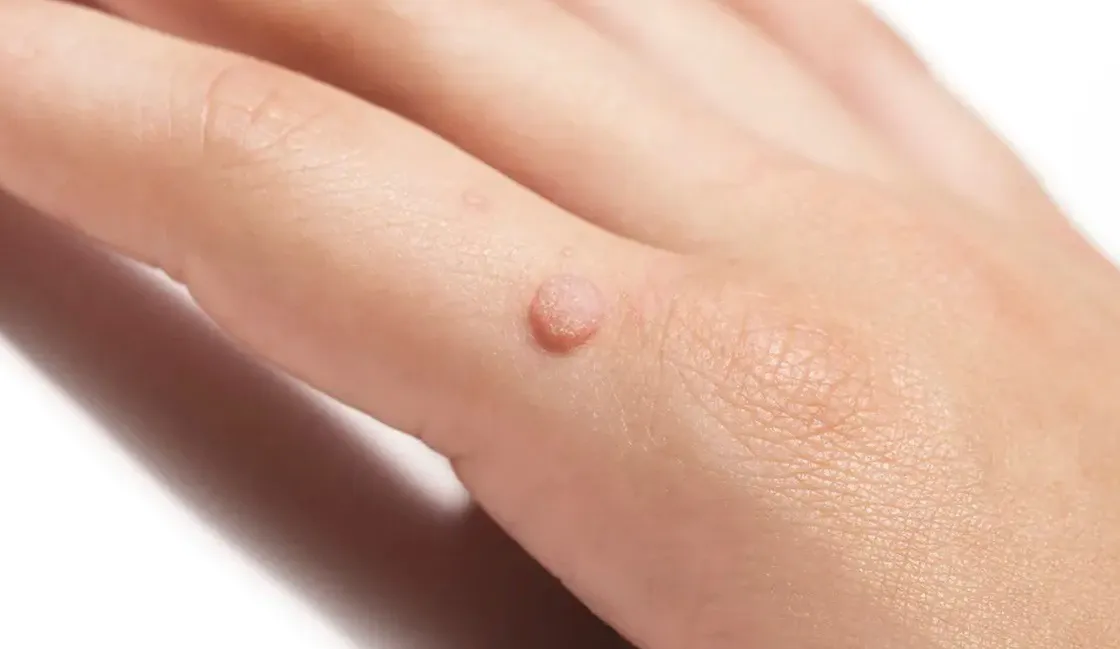For many veterans, the battlefield extends far beyond the front lines. Exposure to toxic substances during service can leave a hidden legacy of illness, marking the beginning of a long road to recovery. This journey is fraught with physical challenges, emotional burdens, and difficulties navigating the healthcare system.
According to The Hill, the Department of Veterans Affairs (VA) conducted screenings for 5 million veterans under recent legislation. Alarmingly, approximately 43 percent of these individuals disclosed at least one potential exposure to toxic substances during their time in the military. The VA’s revelation that 2.1 million veterans may have been exposed underscores the pervasive nature of this issue.
In this article, we will examine the difficult path to recovery that veterans encounter in dealing with illnesses caused by toxic exposure.
The Physical Challenges of Toxic Exposure
The physical challenges stemming from exposure to toxins among veterans encompass a spectrum of health issues that can impact well-being. Chief among these are various forms of cancer. These range from lung cancer, which can result from inhaling toxic fumes to leukemia, which is linked to exposure to certain chemicals.
Respiratory illnesses, such as chronic obstructive pulmonary disease (COPD), often result from prolonged exposure to airborne toxins like burn pit smoke. Additionally, veterans may contend with skin conditions like dermatitis or rashes caused by contact with hazardous substances.
Neurological problems are another significant concern. Veterans may experience symptoms such as memory loss, cognitive impairment, or tremors due to exposure to neurotoxic agents like depleted uranium. Furthermore, the legacy of toxic exposure extends to the next generation. Children conceived by exposed veterans may suffer from birth defects or developmental disorders attributed to parental exposure.
These health conditions typically manifest as chronic ailments, necessitating ongoing treatment and management. Veterans often find themselves grappling with the physical limitations imposed by these illnesses, which can profoundly affect their daily lives.
The Mental and Emotional Toll of the Exposure
The National Institutes of Health (NIH) notes that the enduring warfare spanning over two decades has heightened concerns about the mental well-being of veterans.
Among the most widely recognized mental health challenges are posttraumatic stress disorder (PTSD) and depression. Research suggests that approximately 14% to 16% of US service members deployed to Afghanistan and Iraq have grappled with PTSD or depression.
However, it is essential to recognize that the mental health landscape for veterans encompasses a broader spectrum of issues beyond PTSD and depression. Traumatic brain injury (TBI), suicide, interpersonal violence, and substance use disorder (SUD), are equally prevalent and detrimental in this population.
Additionally, servicemen frequently contend with anxiety and depression resulting from the uncertainty surrounding their long-term health prognosis. This concern is exacerbated by the difficulties of adapting to a “new normal,” which is marked by the physical constraints imposed by their illnesses.
The psychological burden of coping with both physical and mental health struggles can exacerbate feelings of isolation, hopelessness, and despair among veterans. Addressing their mental and emotional needs requires comprehensive support services tailored to provide therapy, counseling, and peer support.
The Story of Camp Lejeune
The Camp Lejeune incident is a stark reminder of the devastating consequences of toxic exposure on military personnel and their families. For decades, residents at Camp Lejeune, a US Marine Corps base, were unwittingly exposed to harmful chemicals in the drinking water supply.
From the 1950s through the 1980s, contaminants such as volatile organic compounds (VOCs) seeped into the base’s water sources. These included trichloroethylene (TCE) and perchloroethylene (PCE), posing serious health risks to those who consumed or came into contact with the water.
Camp Lejeune’s water contamination legacy has been one of prolonged struggle and advocacy for justice. Affected veterans have waged a relentless battle for proper healthcare and benefits, spurred by the devastating health effects experienced by many.
Camp Lejeune lawyers have played a crucial role in representing their client’s interests, filing claims on their behalf to seek redress.
The Congressional Budget Office projects the potential payout for Camp Lejeune to reach as high as $6.1 billion. Both administrative claims and court proceedings are involved in the distribution process for these settlements.
According to TorHoerman Law, these settlements provide a form of compensation. Additionally, they symbolize the ongoing battle faced by the veterans, emphasizing the necessity for accountability and support following toxic exposure.
The Labyrinth of Healthcare
Due to the delayed onset of many illnesses stemming from toxic exposures, servicemen often encounter difficulties in proving service connections. Establishing a causal link between their military service and the development of their conditions can be complex and time-consuming. This can lead to potential delays in receiving the care they desperately need.
Additionally, veterans may encounter lengthy wait times and limited access to specialized care for their specific conditions within the VA healthcare system. This can exacerbate their health concerns and impede their journey toward recovery.
Moreover, veterans residing in rural or underserved areas may face geographical barriers to accessing quality healthcare services. This compounds the challenges they face.
However, recent developments offer hope for veterans seeking healthcare support. According to VA News, a groundbreaking expansion of Veteran health care eligibility has been implemented. This unprecedented move grants access to VA healthcare for all servicemen exposed to toxins during their military service, regardless of deployment status.
Directed by President Biden, this expansion, eliminates the phased-in approach previously outlined in legislation. It provides millions of veterans with earlier access to vital healthcare services. By broadening eligibility criteria, the VA aims to streamline access to care and alleviate the burdens faced by veterans navigating the healthcare system.
Frequently Asked Questions
What is toxic exposure?
Toxic exposure refers to contact with harmful substances that can adversely affect health. These substances, such as chemicals, pollutants, or radiation, may enter the body through inhalation, ingestion, or skin contact. This can lead to various health problems ranging from acute toxicity to chronic illnesses.
What are the symptoms of toxic exposure in veterans?
Symptoms of toxic exposure among veterans include eye irritation, coughing, breathing difficulties, and skin itching. Prolonged exposure heightens the risk of serious effects like cancer.
What are presumptive diseases for veterans?
Presumptive diseases for veterans are medical conditions recognized by the Department of Veterans Affairs as being caused by military service. These conditions are presumed to have resulted from service, simplifying the process of obtaining disability benefits for affected veterans.
Final Thought
The road to recovery for veterans with toxic exposure-related illnesses is undeniably long and arduous. However, amidst the challenges, there are glimmers of hope. Increased awareness, ongoing research into the health effects of exposure, and improved access to healthcare and benefits are all steps in the right direction.
With continued support from communities, service organizations, and a dedicated healthcare system, veterans can live fulfilling lives. Their fight is a testament to the unwavering spirit that defines them. And, their journey is a powerful reminder of the responsibility we all share to ensure their well-being.




